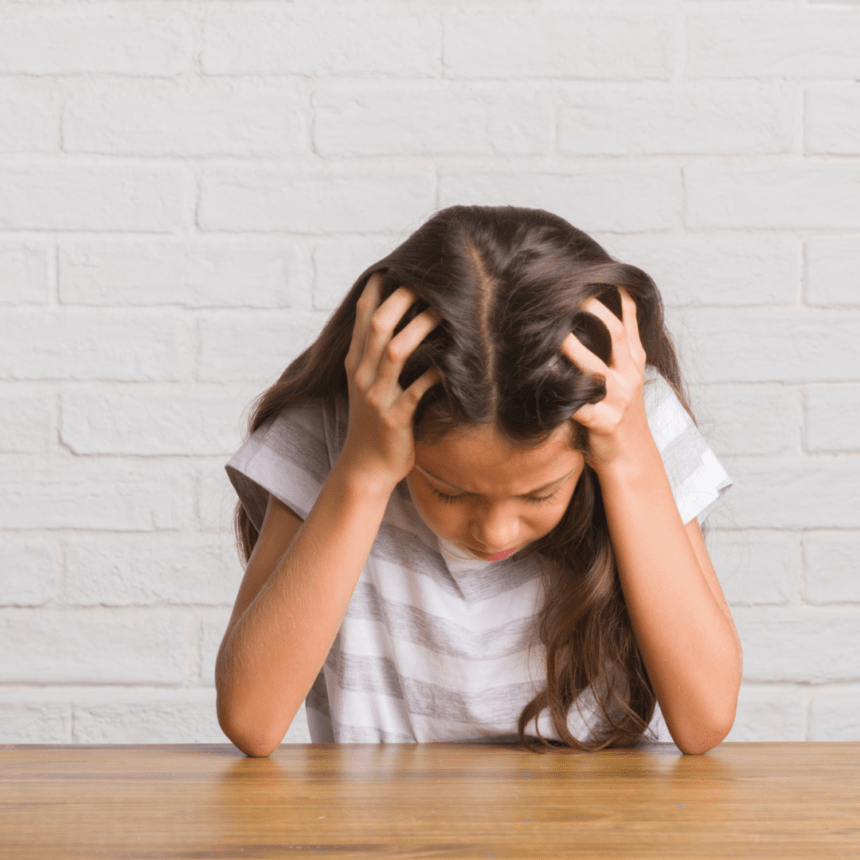Maintaining good eye health is important for children because it affects their ability to learn, play, and interact with their surroundings. Regular eye exams can help identify any vision issues early on and ensure that kids get the right care to fix them. Understanding the typical eye problems that affect children is essential for prompt treatment and prevention. In this blog post, we’ll discuss the most common pediatric eye problems and their treatments.
1. Refractive Errors
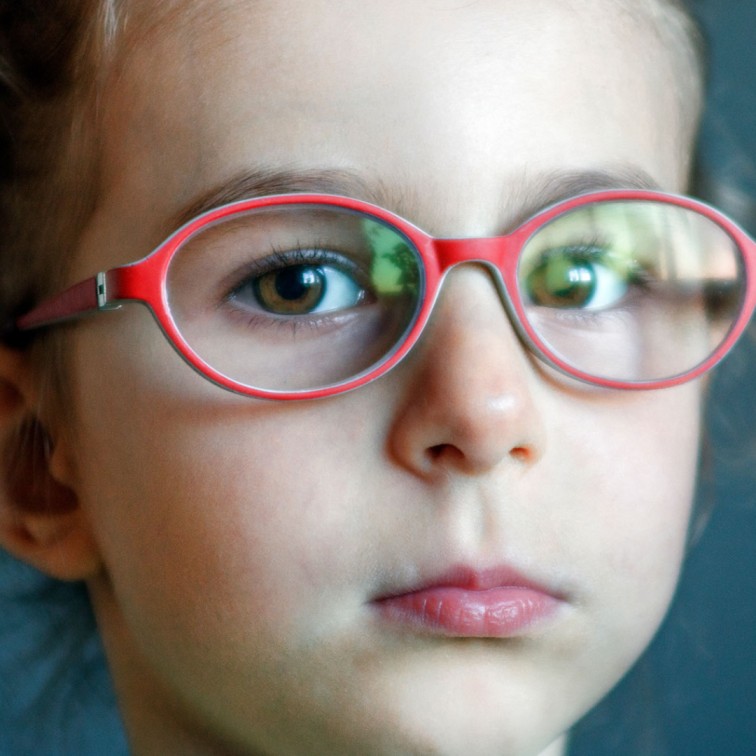
In children, refractive errors are the most typical eye conditions. According to the World Health Organization (WHO), over 1 billion people worldwide, including children, have some sort of refractive error. Astigmatism, nearsightedness, and farsightedness are some of these errors. Children with refractive errors might struggle to see objects clearly, whether they are far away or up close. They might also experience eye strain, headaches, and blurry vision. The doctor might suggest corrective lenses or eyeglasses to treat refractive errors.
2. Amblyopia
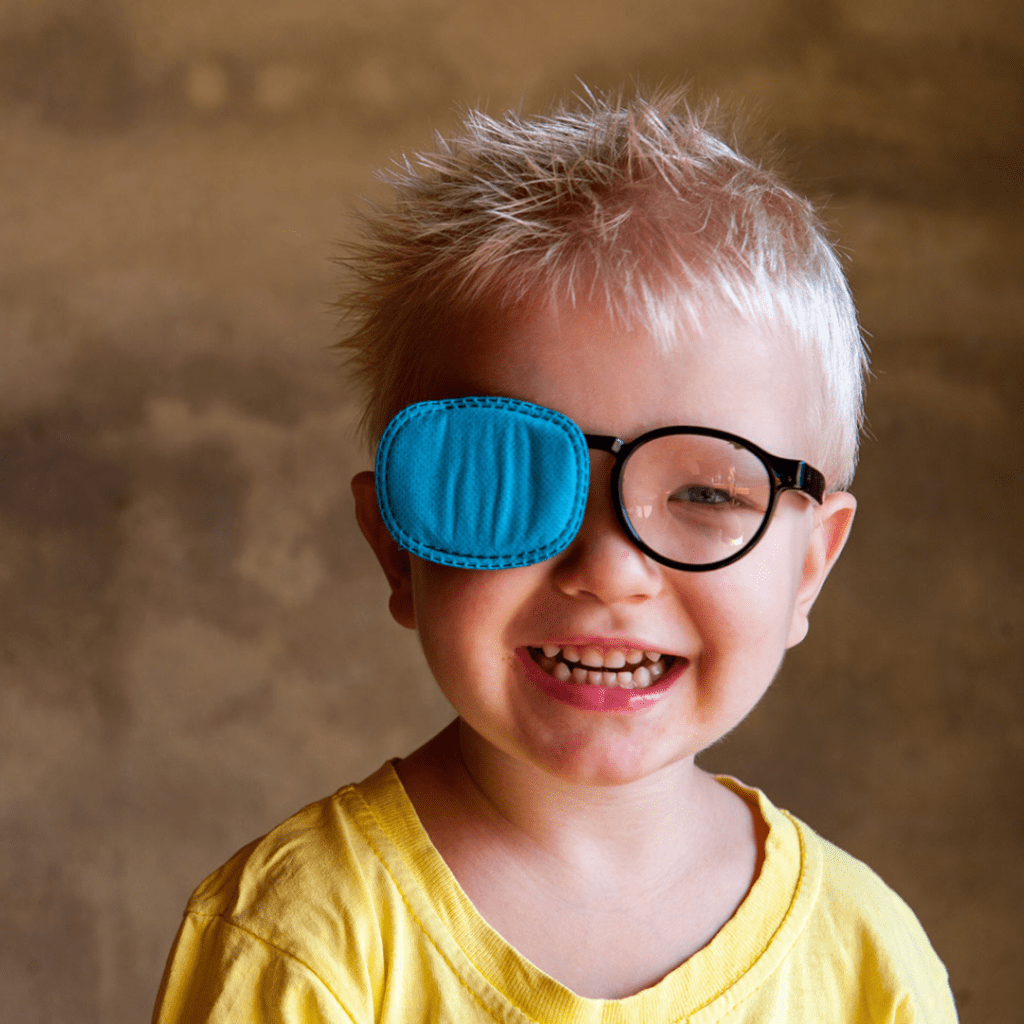
Amblyopia, which is Greek for dull vision, is the medical term for a lazy eye. Amblyopia is a neurological condition that results in early childhood visual pathway disruption and poor vision. This results in poor vision in the lazy eye even after being corrected for refractive errors. The most common cause of this condition is an eye alignment issue or a disparity in the two eyes’ visual acuity. Children with amblyopia may experience vision problems in one eye but may not be conscious of the issue. To treat amblyopia, healthcare professionals prescribe patching the good eye for a specific duration each day to encourage the usage of the lazy eye. In certain situations, vision therapy or surgery might also get recommended.
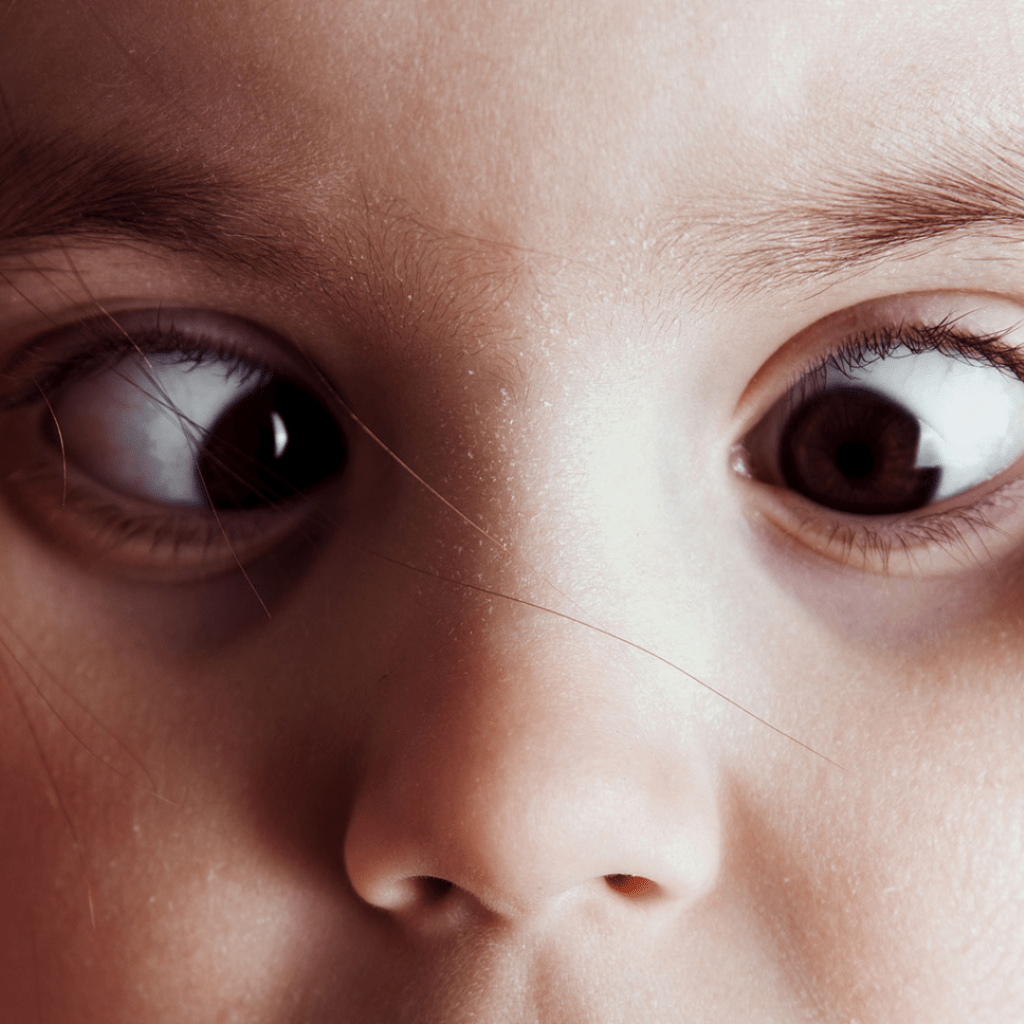
3. Strabismus
The condition of strabismus, or squinting or cross-eyed appearance, affects 2-3% of all people. Children who have strabismus may experience double vision and difficulty controlling their eyes. Depending on the cause and severity, treating strabismus may require glasses, vision therapy or surgery.
4. Conjunctivitis
Conjunctivitis, or pink eye, is an infection of the transparent membrane that lines the inside of the eyelid and the white portion of the eye. Conjunctivitis in children can cause red, itchy, and watery eyes, as well as eye discharge. Doctors use either antimicrobials, anti-allergic drops, or steroids, depending on the source of the infection, to treat conjunctivitis.
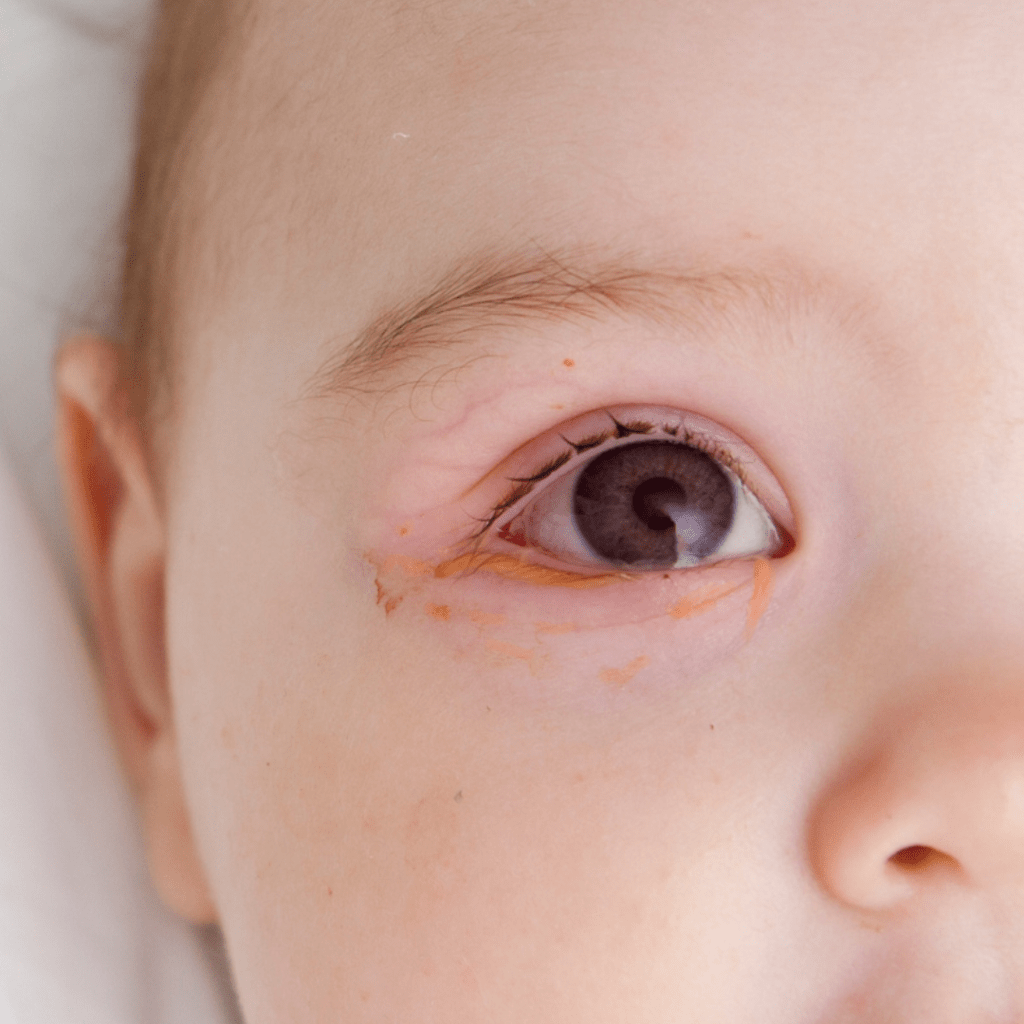
To avoid it or stop its spread, kids can follow these steps:
- Since conjunctivitis is very contagious, teach your child to wash their hands frequently, especially after touching their eyes.
- Encourage your child to refrain from sharing anything that could come in contact with their eyes, such as towels, pillows, or other personal items.
- Teach your child to refrain from rubbing their eyes, which can spread the infection. They should wash their hands first before touching their eyes if they must.
- Tell your child not to touch their eyes, especially if their hands aren’t clean.
5. Convergence Insufficiency
Convergence insufficiency is a condition that affects children’s ability to focus their eyes on nearby objects. Symptoms include eye strain, headaches, double vision, blurred vision, and fatigue when reading or doing close-up tasks. This affects 5-10% of school-aged children and can cause problems with reading, homework, and other near-vision activities. It is caused by the eyes not working together when focusing on nearby objects.
A comprehensive eye exam, including visual acuity tests, eye movement tests, and other assessments of binocular vision and eye coordination, diagnoses the condition.
Treatment for convergence insufficiency involves vision therapy which may include eye exercises, computer-based programs, and other activities to improve eye focus and coordination.
Conclusion
A child’s overall health, academic success, and future quality of life depend on maintaining good eye health. To ensure their kids have the best visual outcomes, parents must make sure their kids receive routine eye exams. It’s crucial to make an appointment with an eye doctor if you think your child might have an eye issue.

